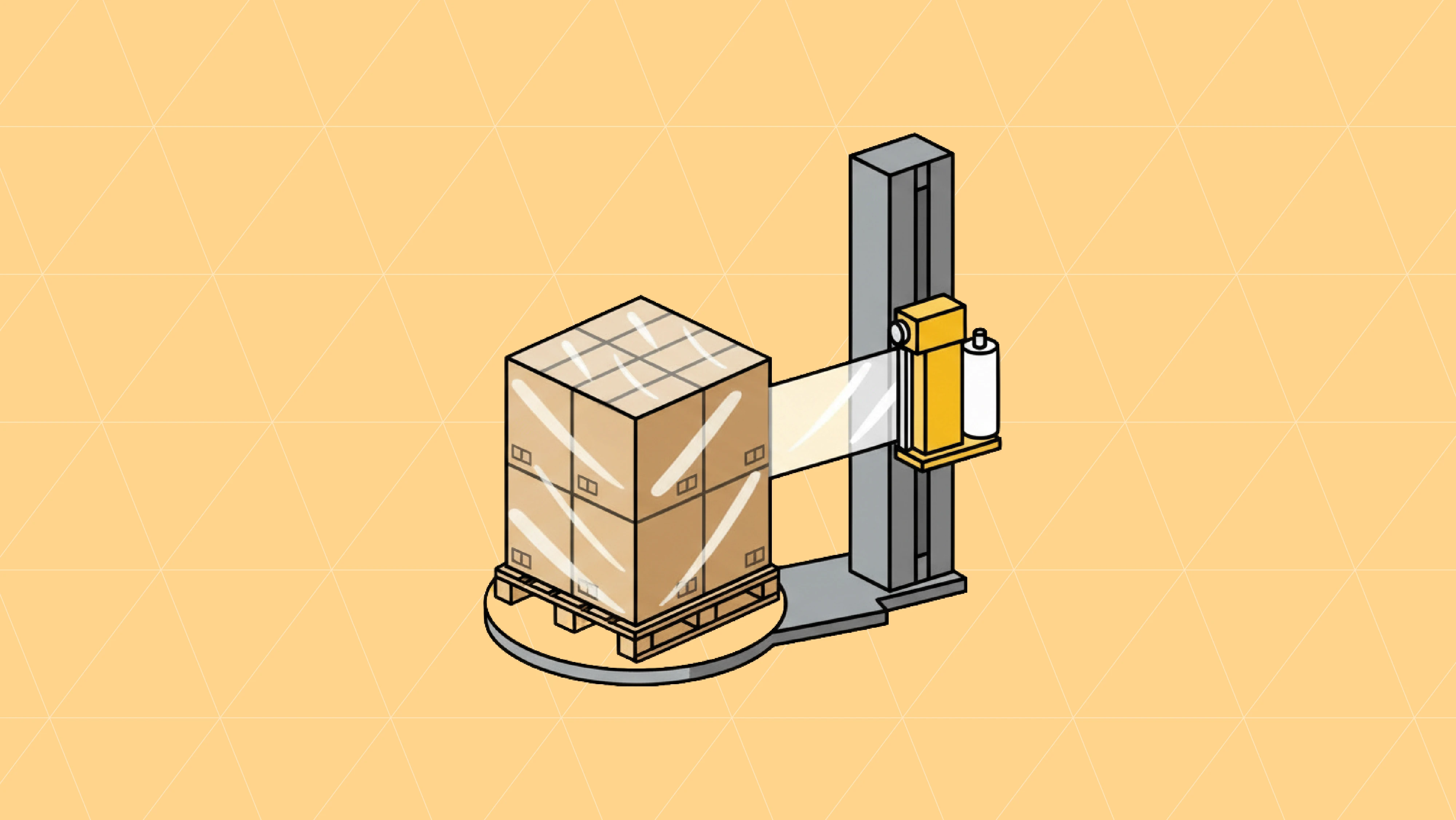Modern grocery retailers like Kroger & Walmart handle massive volumes of business data daily - purchase orders, invoices, shipping notifications, and inventory updates. Processing this information manually creates bottlenecks and introduces costly errors. Electronic Data Interchange (EDI) solves these challenges by automating data exchange between grocery stores and their trading partners, accelerating order fulfillment and boosting operational efficiency.
EDI transaction codes form the backbone of this automated communication system. These standardized codes represent specific business documents required throughout the order-to-delivery process. When grocery retailers exchange transaction codes with suppliers, the receiving EDI system automatically translates and processes the information. Understanding these codes is fundamental for Food & Beverage brands seeking to optimize their supply chain operations.
Why EDI Transaction Codes Matter for Grocery Operations
EDI documents, known as transaction sets, contain structured data elements including company identifiers, product quantities, item codes, and pricing information. The precise formatting and sequencing of these elements ensures accurate data transmission between trading partners.
The American National Standards Institute (ANSI) establishes EDI communication standards used throughout the United States. More than 400,000 companies worldwide rely on ANSI EDI transaction codes for business communications. Many major retailers now require their suppliers to maintain EDI capabilities, making transaction code knowledge essential for business expansion.
What are the Critical EDI Codes for Grocery Store Operations?
Grocery retailers commonly work with several specific EDI transaction codes. Here are the four most important codes and their applications:
EDI 875: Grocery Products Purchase Order
EDI 875 serves as the primary purchase order document for grocery retailers ordering from wholesalers, manufacturers, or distributors. This code initiates the procurement process for stocking store shelves with new or replenishment inventory.
Grocery stores typically generate EDI 875 documents after reviewing product catalogs or discussing new product lines with suppliers. This transaction code offers a simplified alternative to the more complex EDI 850 Purchase Order, focusing specifically on grocery products rather than technical or specialized items.
Suppliers receiving an EDI 875 evaluate their ability to fulfill the order and respond with an EDI 855 Purchase Order Acknowledgment. If inventory levels are insufficient, suppliers may propose order modifications or decline the request.
Essential EDI 875 data elements:
Purchase order identification number
Order date and requested delivery timeframe
Buyer and supplier identification details
Product specifications including SKUs and UPCs
Quantity requirements and unit pricing
Shipping addresses and special handling instructions
Payment terms and conditions
EDI 876: Grocery Products Purchase Order Change
The EDI 876 document addresses modifications to previously submitted purchase orders. Grocery retailers use this code when they need to adjust quantities or remove items from existing orders. This transaction type is particularly valuable in the fast-moving grocery environment where demand can shift rapidly.
Common scenarios for EDI 876 usage include increasing quantities for popular items that are selling faster than anticipated, or reducing orders for seasonal products with declining demand. Suppliers confirm these changes by responding with an EDI 997 Functional Acknowledgment.
Timing is crucial with EDI 876 documents. Earlier submission allows suppliers adequate time to accommodate the requested changes. The document must specify exact quantity updates rather than just the difference from the original order. To remove an item completely, retailers set the quantity to zero.
Key information in EDI 876 includes:
Original purchase order reference number
Updated product quantities
Revised pricing calculations
Buyer and supplier contact details
Product identification codes for modified items
EDI 880: Grocery Products Invoice
The EDI 880 functions as the billing document suppliers send to grocery retailers after product delivery. This invoice allows stores to match delivered goods against original purchase orders and process payments efficiently.
This transaction code creates an audit trail that benefits both parties. Suppliers can automate their invoicing processes, while grocery retailers can eliminate manual data entry by integrating EDI 880 documents directly into their accounts payable systems.
EDI 880 contains critical billing information:
Detailed product descriptions and quantities shipped
Individual item prices and total order value
Tax calculations and applicable adjustments
Shipping and billing address information
Payment terms and remittance instructions
Discount applications or additional charges
EDI 882: Direct-Store-Delivery Information
EDI 882 documents confirm successful delivery of goods directly to grocery store locations, bypassing traditional warehouse distribution centers. Suppliers use this code to summarize shipment details and notify stores of any delivery adjustments.
Direct-store-delivery is particularly important for perishable items requiring immediate shelf placement. This distribution method reduces handling time and maintains product freshness. Upon receiving EDI 882 documents, grocery stores typically send acknowledgments and may process immediate payment.
EDI 882 focuses on delivery confirmation with:
Supplier identification numbers
Delivery locations and shipping details
Shipment summaries and any product substitutions
Return authorizations or adjustments
Payment amounts due
Payment processing requests
Optimizing Grocery Supply Chains Through EDI Implementation
EDI transaction codes create robust communication channels throughout the grocery supply chain. Automated document exchange reduces processing time, minimizes errors, and provides real-time visibility into supply chain operations. This transparency allows retailers and suppliers to make data-driven decisions that improve overall efficiency.
Successful EDI implementation requires selecting the right technology partner and ensuring seamless integration with existing systems. Cloud-based EDI solutions offer scalability and reliability while providing access to extensive trading partner networks.
More articles
Our platform is designed to empower businesses of all sizes to work smarter and achieve their goals with confidence.




